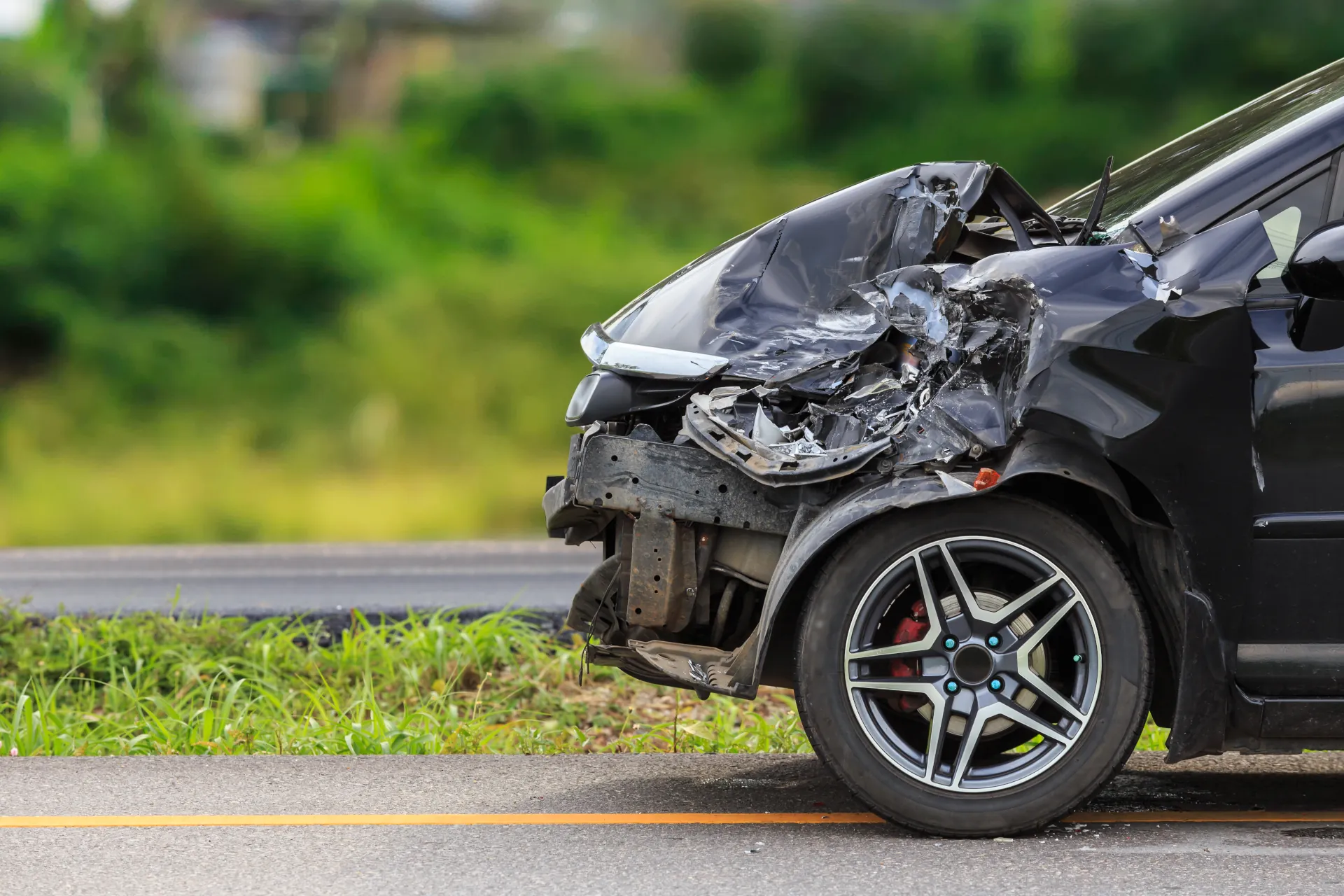Driving around Nassau County you see it all the time-drivers who are talking on their cell phone, chatting with passengers or who appear to be talking to themselves. When drivers allow themselves to get distracted, they can lose control of their vehicles, hitting other cars and inflicting serious injuries on innocent victims.
Studying mental distractions
Several studies have been done relating to distractions that encourage drivers to take their eyes off of the road in front of them or their hands off of the steering wheel. However, little has been done regarding distractions on the mind, until now. A new study has been released by the American Automobile Association that focuses entirely on cognitive distractions, according to USA Today.
The study involved a total of 150 people, and each group performed one of three different experiments, which were intended to accomplish different objectives that involved isolating cognitive distractive behaviors, create a ranking scale for comparison and then evaluate how different cognitive tasks affect a driver’s mental concentration on the road. There were six tasks that drivers were asked to do in addition to driving and these tasks were:
Drivers were also asked to drive without any distractions to set a starting point for the rating scale.
The study’s findings
The results of the study showed that drivers’ engagement with hands-free devices did not decrease their risk of getting into a car accident. If anything, when drivers used devices that required them to think, they did not scan the road around them as frequently and missed visual cues that there was a potentially dangerous situation. The tests also showed that while merely listening to a book or the radio was slightly distracting, using a hands-free phone or using a speech-to-text email system prevented the mind from being able to concentrate on both the task and driving.
This disproves the theory that using a hands-free device is safer than using a cell phone, according to the study. The researchers are hoping that the electronics industry and automakers will pay attention to the findings, halting the installation of further technology that could prove just as distracting to a driver as texting and driving.
New York statistics
The New York Department of Motor Vehicles reports that in 2011, there were 307,550 accidents that occurred in the state. Out of that number, over 49,000 crashes were attributed to distracted driving or inattentiveness but there are several forms of distractive behavior and the state lists these factors separately, such as using an electronic device, eating or drinking, using a hand held cell phone, using a hands free cell phone, passenger distraction and listening to headphones.
With so many accidents occurring, it would be wise for drivers to pay attention to the findings of the AAA survey. When someone is hurt in a car accident because of a driver who was distracted, they should talk to an attorney about what their rights are.




